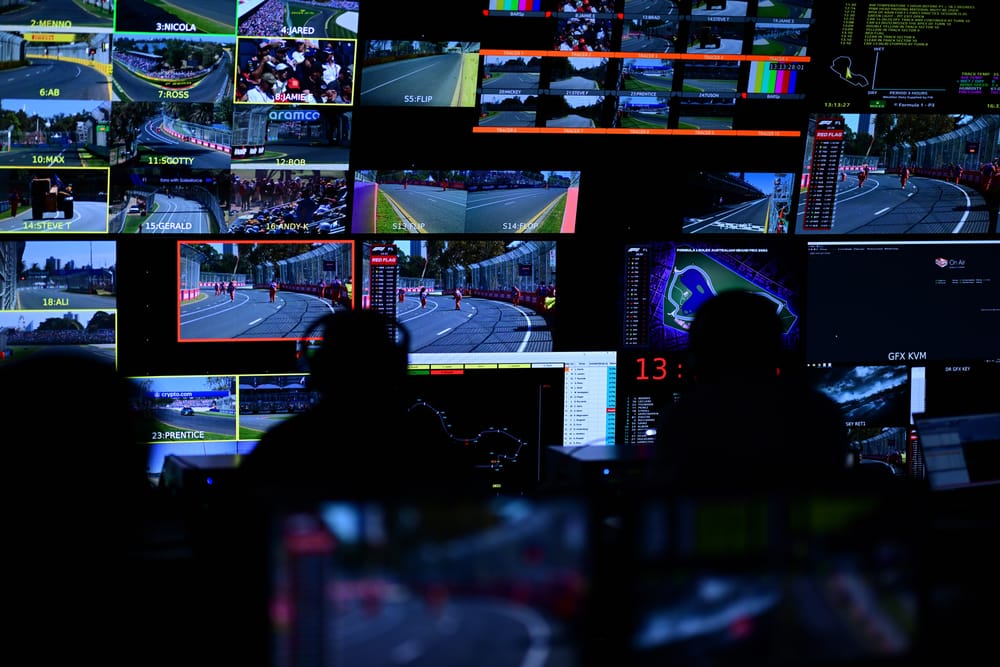It’s too easy to take the quality of Formula 1 television coverage for granted in the 21st century, or underestimate the technology and personnel required to bring the broadcasts to life.
At the Hungarian Grand Prix, The Race took a closer look at the Event Technical Centre (ETC) on-site at every race that is key to the hours of coverage watched worldwide, working in tandem with the F1 Media and Technology Centre at Biggin Hill in the United Kingdom.
The ETC is a 375-square-metre facility that acts as the hub for broadcast operations every weekend. It is packed with the equipment and personnel needed to make what you watch on television possible, not just in terms of the production itself but also to ensure that the equipment around the circuit, including the Tata Communications-supplied fibre-optic cables, timing loops, data antennas, cameras, microphones (around 160 of them) and more are functioning correctly. Key to the operation is F1’s partnership with global technology giant Lenovo, which supplies much of the hardware used in the ETC.
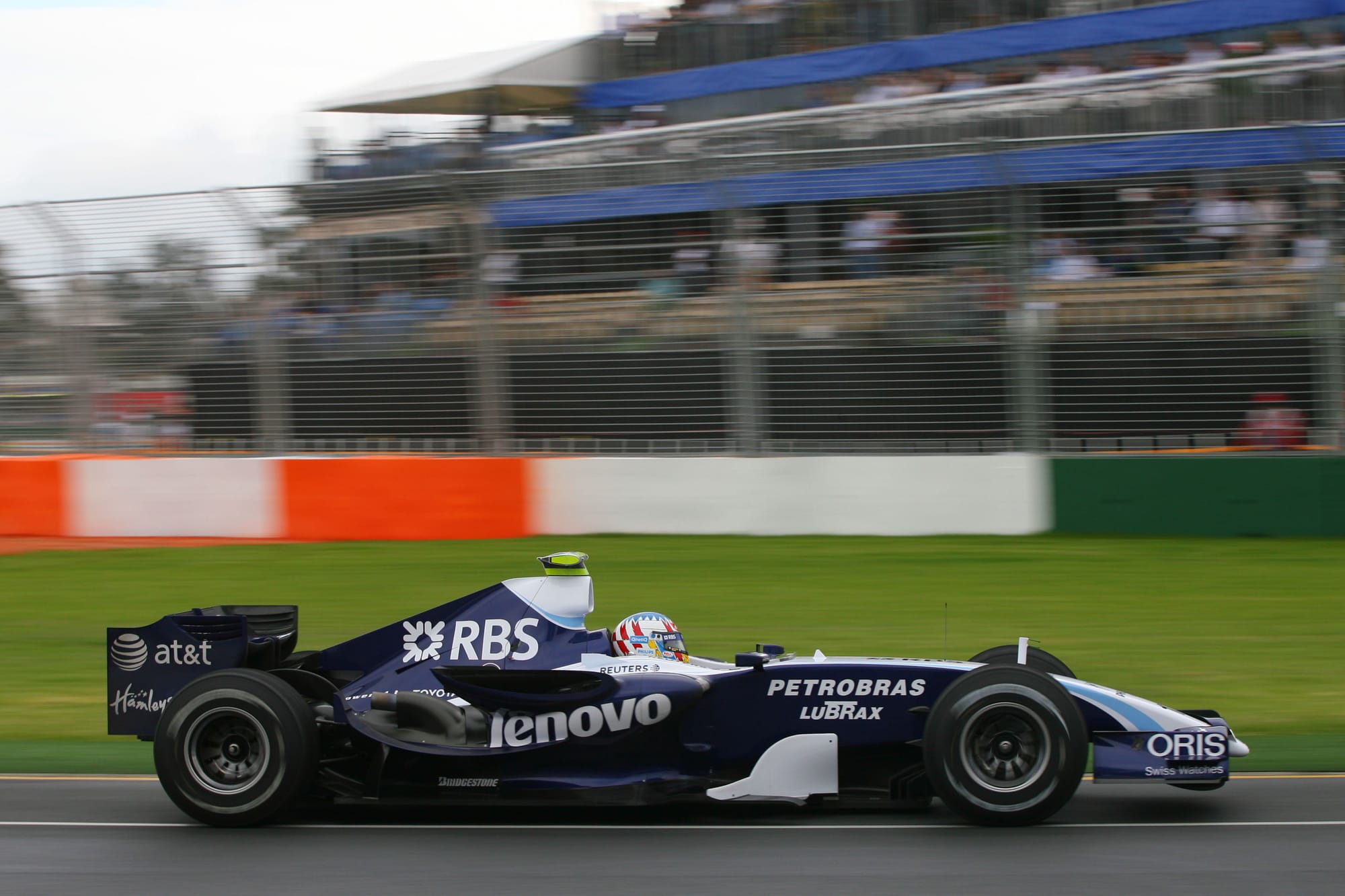
Lenovo first became involved in Formula 1 as a sponsor of Williams in 2007 (above), a deal for the team to “use Lenovo PC technology in every functional area of its business”. It switched to McLaren for 2009-2012 before returning with Ferrari in 2019 for two years. It became an F1 ‘official partner’ in 2022, which was upgraded to ‘global partner’ status through a new deal starting this year. The work it does with F1 illustrates the scope of such a relationship.
“The partnership began four years ago as an official technology partner,” Lenovo global sponsorships and activation director Lara Rodini tells The Race.
"For Formula 1, there was an important technology need to improve the operations not just on track, but also back at Biggin Hill.”
The tangible connection to the on-screen product is what makes Lenovo one of the more relevant partnerships in F1 to the average fan. As well as the usual commercial benefits in terms of exposure and activation, the ETC is full of Lenovo-supplied equipment that juggles the 600TB of data during an event, needing in excess of 1500 devices to make it possible.
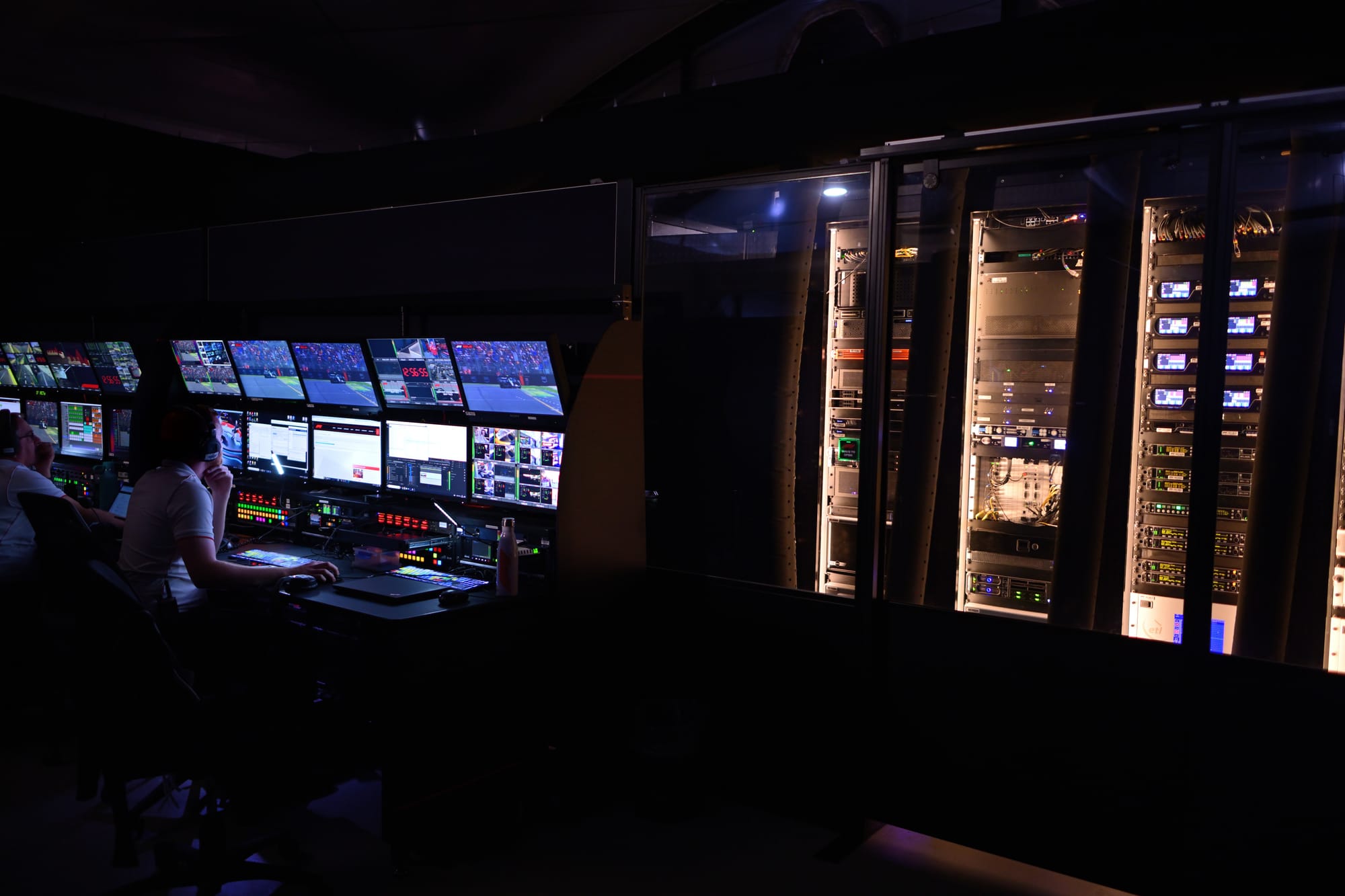
“We have marketing and communication people,” says Rodini. “'I’m leading the global sponsorships team. I have five resources completely dedicated, which are always [working] with Formula 1.
“Then we have one tech leader who is coordinating a larger group inside the company that is working directly with Formula 1. So we have one tech person here, but we do have a larger team working mainly remotely. And this team is supporting products and services. When I say products, I mean the complete portfolio - so laptops, tablets, monitors, servers, Motorola smartphones. But in fact, at the track, there's one person.”
That there is just one person required on-site speaks well of the reliability of the products. That the kit works is obviously a non-negotiable element of the deal, but that’s not always straightforward given the extreme conditions that such machinery is subjected to. As well as the varying conditions on race weekends, it must all be constantly carted around the world without problems suffering problems as a result.
“That’s the perfect definition, extreme conditions,” says Rodini. “We supply Formula 1 with our wide portfolio [of products] and we always consider the different weather conditions that our products are facing – very hot, very cold, dusty and so on. And what we make available for them is available for all our customers - that’s why it’s an important display window.”
The ETC must also work hand-in-glove with what’s effectively ‘mission control’ back at Biggin Hill. That’s where there’s a technology requirement for minimising latency, allowing them to interact in real time – virtualisation, as it’s termed, with just a 0.25s delay, no matter how far away from the UK the race is held.
“They work as one,” says Rodini. “The fact that we have been able to equip so many people and make the right connection between the on-site, the on-track and Biggin Hill is really improving the performance and is helping to reduce the cost. We used to say that they work on split-second decisions, so that's the goal, that's the focus. And it's performing.”
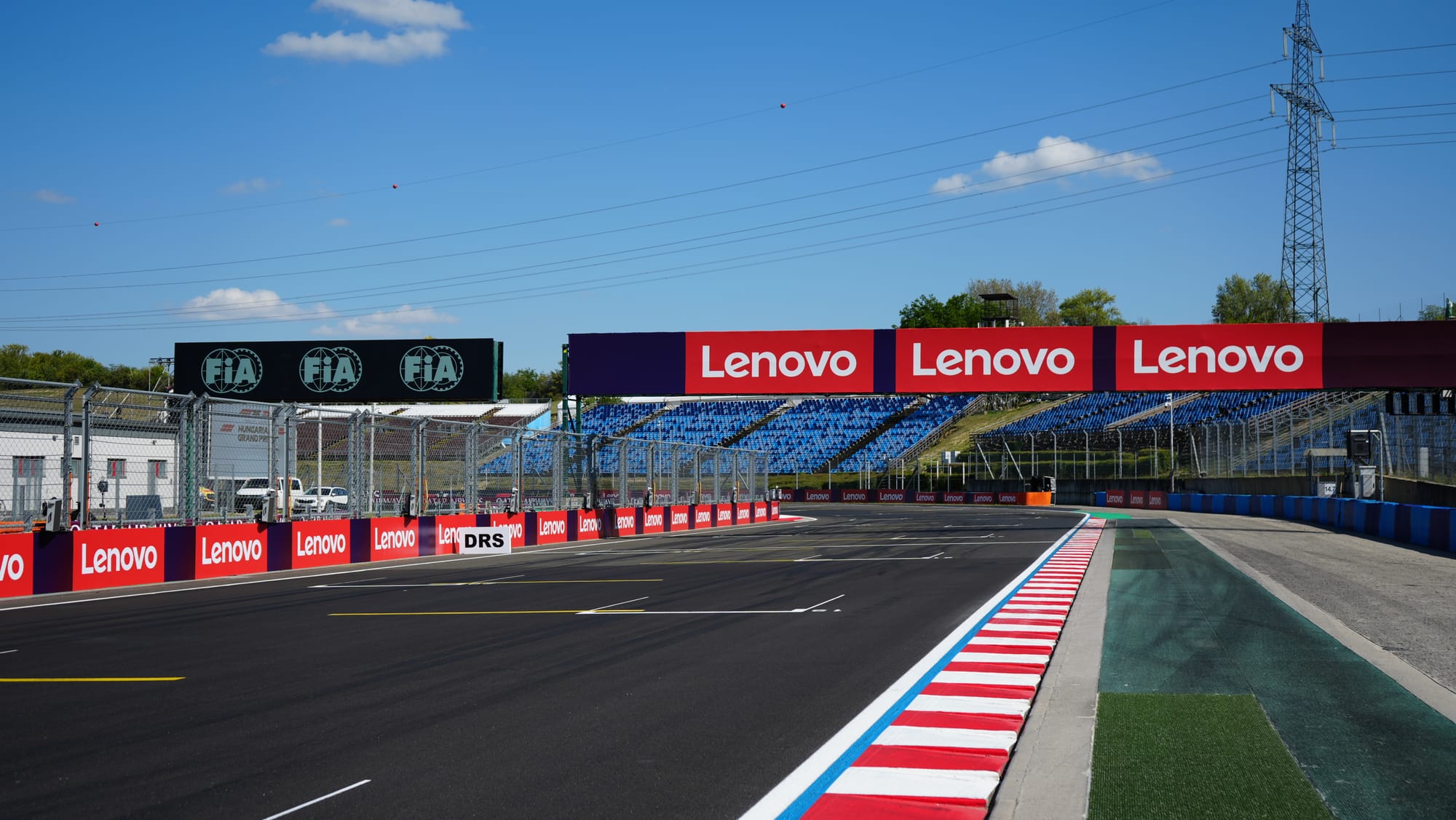
When it comes to improving performance, inevitably that means AI is in the mix. However, in a world where simply mentioning AI is often regarded as enough to confirm some vague improvement that nobody can actually describe, there are demonstrable gains when it comes to the F1/Lenovo partnership that make this very real.
“Formula 1 is testing our AI products,” says Rodini. “They tested our latest [ThinkPad X9 Aura Edition] laptop while we were in China and were able to increase the overall performance by 30%, which is a great achievement. There are other projects that they are testing, and we hope there will be some important announcements coming.
“There’s also another interesting project that is called Fast Start Service, which supports Formula 1 in detecting and better framing the images that they make available to fans worldwide. So that's the direction, that's the future. We keep supporting them with all the products that we have. We want to improve the computing power, we want to improve the performance, and also AI as well.”
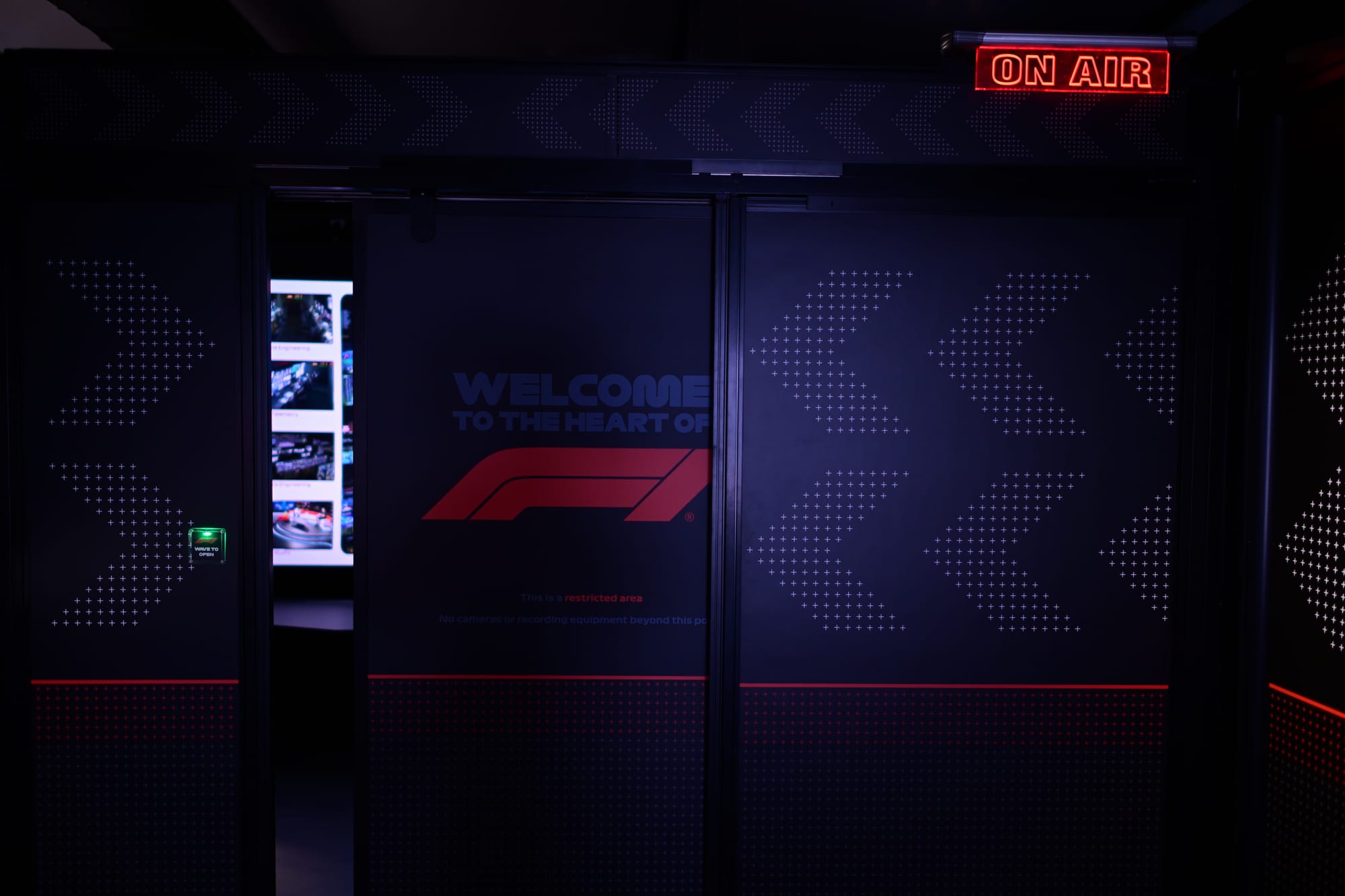
Such technology is essential to make it possible for the 300 staff split across the ETC and Biggin Hill to bring the race weekend to life. And remember, there’s not only the technological challenge, but the sheer human challenge of monitoring every one of those cameras, both trackside and onboard, radio feeds and paddock visuals to weave, in real time, the story of the race weekend. Live sport broadcasting has been revolutionised in recent times, F1 doubly so, and the pace of technology advance right now means even bigger changes may be just under the corner.
“I don't think that people are completely aware of what's going on while we are all on track and what Formula 1 is really doing, because we are part of this world we know how tough it is to collect all the information to make it available in a few seconds.” says Rodini.
“We want to make sure that our audience, our fans, can get a great value from what we deliver. Ultimately, we want to make sure that they are even closer to their passion.
“And maybe the future is coming? We don't know, right?”


